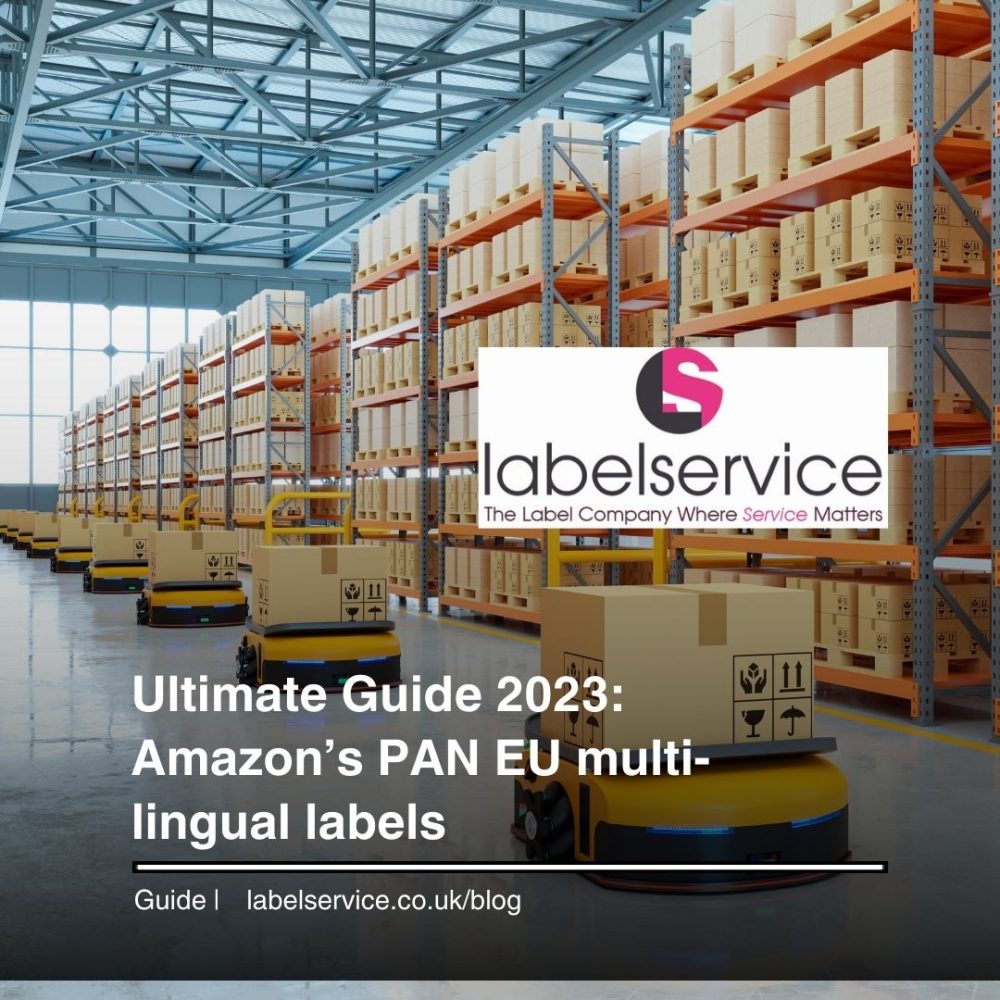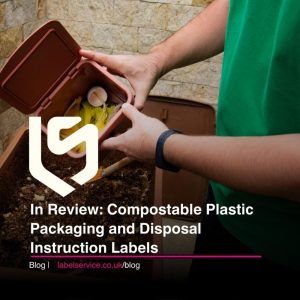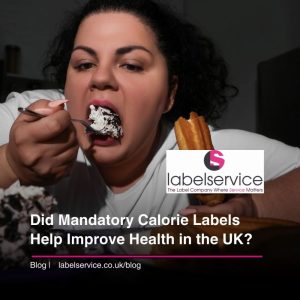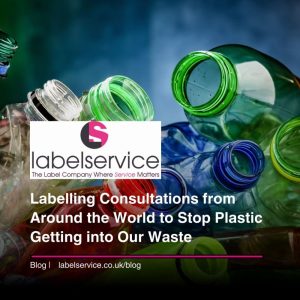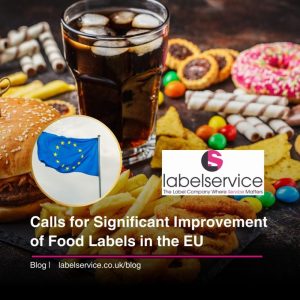If you have only offered your goods on Amazon.de up to now and only shipped them within Germany, you only had to adhere to the known German requirements regarding labelling, which also includes the manufacturer’s name / distributor in the European Economic Area (EEA), including the legal form supplement, as well as the exact contact address. However, if you now want to sell to (European) foreign countries, or you want to use Amazon’s PAN-EU program directly, there are a few things you need to keep in mind to ensure correct labelling of the packaging.
You must write any warnings or instructions for use that appear on your packaging or are included with the product as an instruction manual in the official language(s) of the country in which you market the product. For example, if you are shipping from Amazon.de to Switzerland, you must provide the information in German, Italian and French.
For correct packaging labelling, there are certain symbols that are valid throughout the EU. These include, among others, the crossed-out trash can, which can be found on the packaging of electrical appliances, or the well-known CE mark for certain products. In addition, however, there are also new obligations for product labelling that differ from country to country. With Amazon’s PAN-EU program, you can also offer your product on the marketplaces of Italy, Spain and France, among others.
France
If you want to ship your products to France, you must comply with the Triman logo. The main purpose of the Triman logo is to help consumers dispose of products and packaging correctly. Products with the Triman logo belong in the recycling or waste paper garbage can. The labelling obligation applies primarily to packaging, textiles, shoes, electrical appliances, batteries, furniture and paper products. From September 9, 2022, sorting instructions under the Triman logo is mandatory to be displayed on packaging. You can get the graphics by registering with a dual system in France.
Italy
The labelling requirements for packaging in Italy are very strict. For example, from 01.01.2023, environmental labelling must be mandatory for all household packaging. The relevant texts must be written in Italian. In addition, packaging that comprises several components, each part of the packaging must be labelled itself, as far as possible. With the e-tichetta tool you can create these individual environmental labels yourself.
Spain
In Spain and also in Cyprus, the Green Dot must be affixed to products. However this may only be affixed if you have a license from the Spanish waste disposal service provider, Ecoembalajes España S.A. (Ecoembes). If you want to sell your product in Spain, you need a Green Dot advertising license, both as an Amazon FBA seller and for your own online store. However, this can lead to problems in other European countries. Because in order to advertise with the Green Dot, you need a license for each individual country and this advertising license is very expensive. Currently, there are considerations in Spain to remove the obligation of the Green Dot on packaging. When exactly that will happen, however, is still unclear.
Netherlands, Sweden & Poland
In most EU countries, there are no specific guidelines for packaging labelling. However, some countries require labelling with the recycling codes from EU Directive 94/62/EC. All packaging and packaging waste placed on the market is mandatory for distributors and manufacturers.
UK
With Brexit, there have also been various differences regarding the labelling of packaging that are relevant for you if you want to sell your products in the UK. The most important change was the introduction of a separate CE marking, the so-called UKCA (UK Conformity Assessed). This is mandatory from 01.01.2025.
Especially for you as a seller, there is another change. If you want to offer your goods on the UK market, you must, if your company is based in Europe, specify a responsible company in the UK. This can be an allowed representative, an importer, or a distributor. The packaging must then include your company address (if you are a sole trader, with first and last name) and the company address of the allowed representative. It must be clearly distinguishable who is the manufacturer and who is the allowed representative.
7 Steps to Get Started With Amazon PAN EU
Step 1
Amazon currently has seven marketplaces in Europe: Germany, France, Italy, Spain, Sweden, Netherlands and Poland. To start selling with the PAN EU program, choose the country from which most of your products will be distributed. This will be your home marketplace.
Step 2
Every country has its own laws and regulations you have to comply with. Therefore it is very important to check them thoroughly so there won’t be any expensive surprises after you’ve launched your product in a new country. Here are some common regulations you should research for each country where you want to sell:
- VAT implications
- Customs laws and fees
- Consumer rights
- Product compliance
- Intellectual property rights
- Marketing and labelling laws
- Environmental requirements
- Health and safety regulations
Step 3
When selling goods on Amazon in Europe, it is important to know the difference between the PAN EU program and the European Fulfilment Network (EFN): In both Amazon programs, sellers are only allowed to have one stock for all of Europe. But while with EFN your products will always be sent to customers across Europe from the country where your home marketplace is located, with PAN EU Amazon redistributes product stock to other countries’ warehouses based on where they see a higher demand. This means shipping is cheaper and does not take as long. It does also mean, however, that your products are transported across borders for storage which might come with additional regulations and laws you have to consider.
To activate FBA PAN EU, go to your Seller Central. There you will find the option to easily enable pan-European shipping with one click. However: Pay attention to a few requirements you need to meet in order to receive all the PAN-EU benefits.
Step 4
To import goods into Europe, for example when you source your products in China, you will need an EORI number. This is your Economic Operator Registration and Identification. You also need to register your brand in each country you want to sell your products in to get a VAT number. This number enables you to add the required consumption tax on your products.
Step 5
While planning your pricing for your products, don’t forget to also consider additional fees such as shipping costs, customs, VAT and fulfilment (FBA) fees.
Step 6
Amazon does not require you to provide customer service in the language of each country you are selling. However, your listing MUST be in the language of the target country. And here’s the crucial point: Adjusting the listing language is more than just translating it. Each country has its own culture so people might perceive wordings in a different manner and react to your listing differently. So we recommend getting your listings translated professionally by someone who knows the language and culture. Additionally, you can also strive to rank high for the right keywords in every country.
Step 7
Your final step is to list your products on Amazon and start selling!
Language
Language localisation is an essential component of packaging and labelling compliance. Consumers need to understand what they’re buying from you in order to build a safe, trusted relationship. However, creating separate packaging designs for every market you want to sell in is not cost-effective. That’s why many CPG brands choose to group multiple languages on their product labels. But what’s the most effective way to cluster languages on CPG packaging?
The result of EU labelling and packaging legislation is that many brands choose to cluster multiple languages on product labels to make sure packaging is compliant in several countries. For example, any products sold in Belgium must display information in French and Dutch. By clustering these two languages, brands can create labels suitable for goods sold across the Benelux region and France.
Equally, brands selling products in Switzerland need to ensure that packaging information is displayed in French, Italian and German. Grouping these three languages means the same packaging created for Swiss consumers can be used across France, Italy and Germany. In certain regions, there are opportunities to cluster additional languages alongside official requirements. For instance, products sold in Finland should include packaging information in Swedish and Finnish to meet EU law. However, it makes sense to have Danish and Norwegian too, so one version of your packaging can be used across Scandinavia.
This clustering technique works well for countries inside the EU, but CPG brands must take care when selling products across wider international markets. For example, a product labelled in French for sale in Canada may not automatically be saleable in France, as EU labels need to be compliant with EU laws as well as translated into local languages.
Another way to approach language clustering is around your sales strategy. If your distribution channels include online marketplaces like Amazon, it makes sense to incorporate multiple languages on your product packaging. Clustering languages will allow your goods to be sold across numerous international markets while streamlining inventory management, as you don’t have to coordinate different SKUs for each country.
The most popular language clustering for products sold via Amazon is a combination of English, French, German, Italian and Spanish. However, you may also want to consider featuring Portuguese and Dutch if there’s room on your product packaging – this way, one version works across Europe’s biggest markets. It’s also worth noting that Amazon marketplace requires vendors to provide customer support in local languages for regions in which your products can be sold. However, Amazon offers a language switching tool to translate content for any languages you don’t speak.
While there’s a legal requirement to include official languages on the packaging of each region your products are sold, this law assumes that consumers prefer to speak the native language. If your brand creates culturally significant products, your customer may speak a different first language – and it can be advantageous to include that language on the label. For example, two million Turkish people live in Germany; Berlin has even been dubbed “Turkey’s second capital”. As a result, there is a high demand for Turkish products in the German market. The same is true in the UK, where there are approximately 48,000 resident Turkish nationals.
While products sold in Germany and the UK need to include product information in German/English to meet legal requirements, brands aiming their products at Turkish consumers would be wise to cluster Turkish with German on product packaging to increase its relevance and appeal. The same principle can be applied to any CPG brand targeting consumers living outside their home market.
EU guidelines require a significant amount of information to be displayed to consumers at the point of purchase. These mandatory requirements can lead to an extensive word count on your product packaging if you’re planning to cluster languages.


